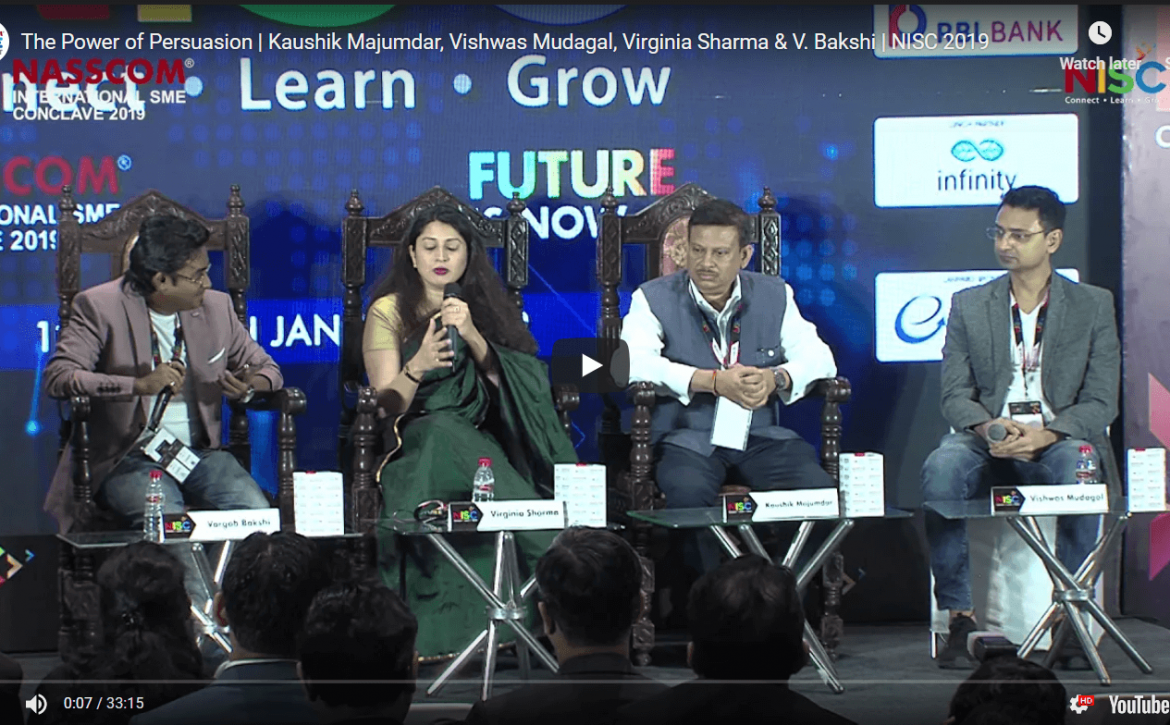How to Optimize Your Website for Speed and Performance
Understanding the Impact of Website Speed
We have shorter attention spans than ever before. It’s a well documented fact, and never-before in history we’ve had this many apps and websites competing for attention at any given point of time. Website speed has become a critical factor in determining online success. Slow load times can have a detrimental impact on user experience, leading to increased bounce rates, decreased engagement, and ultimately, lost revenue. Studies have shown that even a slight delay of a few seconds can significantly impact conversion rates.
A well-optimized website, on the other hand, can provide a seamless and enjoyable user experience, leading to increased engagement, higher conversion rates, and improved search engine rankings. By prioritising website speed, businesses can enhance their brand reputation, build customer loyalty, and drive overall growth.
A slow website can have a significant negative impact on your business. Users are more likely to abandon a website if it takes too long to load, leading to lost visitors and potential customers. Additionally, search engines like Google prioritize fast-loading websites in their search results, meaning a slow website can rank lower in search engine rankings, making it harder for users to find.
Key Factors Affecting Website Speed
Several factors can contribute to a slow website, including:
- Server Response Time: A slow server can significantly impact website load times.
- Image Optimization: Large, unoptimized images can significantly slow down your website.
- Minification and Caching: Minifying and caching CSS, JavaScript, and HTML files can reduce file size and improve load times.
- Leveraging a Content Delivery Network (CDN): A CDN can help deliver your website’s content faster to users located in different regions.
- Database Optimization: Inefficient database queries and indexes can slow down your website.
Tools and Techniques for Website Speed Optimization
Several tools and techniques can be used to optimize your website for speed and performance:
- PageSpeed Insights: Google’s PageSpeed Insights tool analyzes your website and provides recommendations for improvement.
- GTmetrix: GTmetrix is another popular tool for measuring website performance and identifying bottlenecks.
- Browser Developer Tools: Use your browser’s developer tools to measure load times and identify performance issues.
- Caching Plugins: Caching plugins can store static content locally, reducing the need to load it from the server.
- Minification and Compression Tools: Tools like YUI Compressor and Closure Compiler can minify and compress CSS, JavaScript, and HTML files.
Best Practices for Website Speed Optimization
- Reduce HTTP Requests: Minimize the number of HTTP requests made by your website by combining files and using sprites.
- Optimize CSS and JavaScript Delivery: Deliver CSS and JavaScript files efficiently using techniques like critical rendering path optimization.
- Prioritize Above-the-Fold Content: Load essential content above the fold to improve perceived load times.
- Use a CDN: A CDN can help deliver your website’s content faster to users located in different regions.
- Regular Monitoring and Maintenance: Regularly monitor your website’s performance and make updates as needed to maintain optimal speed.
Optimizing your website for speed and performance is an ongoing process that requires ongoing maintenance and adaptation. However, the benefits of a fast and user-friendly website are undeniable. By prioritizing website speed, you can ensure that your online presence delivers a positive first impression, fosters trust with potential customers, and ultimately drives business growth.
At GoodWorkLabs, we understand the critical role of website performance in today’s digital landscape. Our team of expert developers and UI/UX designers boasts a proven track record of creating high-performing websites that not only look great but also deliver exceptional speed and user experience. We leverage cutting-edge tools and techniques to identify bottlenecks, optimize page load times, and ensure your website remains competitive in the SERPs.
Beyond website optimization, GoodWorkLabs offers a comprehensive suite of services to empower your digital transformation journey. From crafting user-centric UI/UX designs to developing robust mobile apps and implementing cutting-edge cloud solutions, we can help you build a successful digital ecosystem that caters to your unique business needs.
Contact GoodWorkLabs today to schedule a consultation and explore how we can optimize your website’s performance and accelerate your digital transformation journey.







